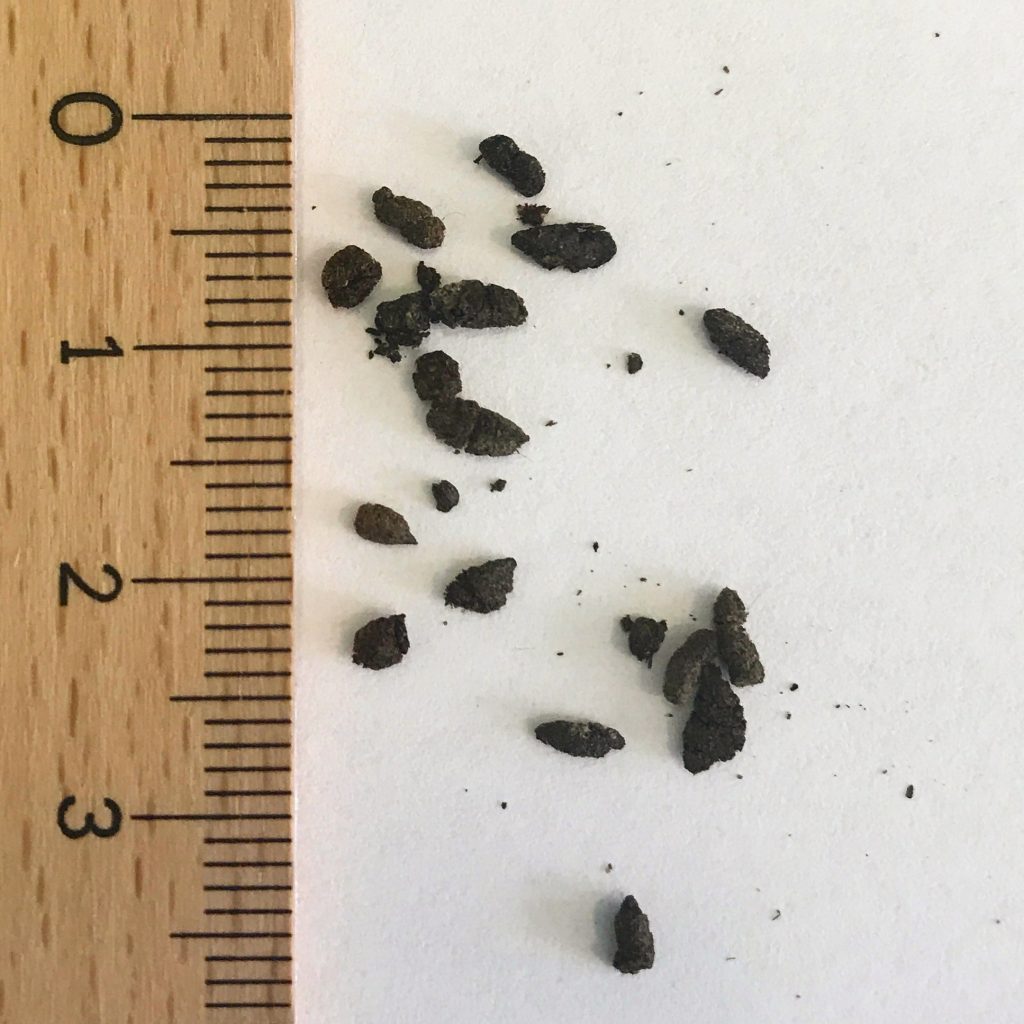Returning Your Samples For Analysis
If you have purchased our sample collection kit, the return address is on the box along with prepaid return delivery. Simply secure the box with tape and post it in your nearest Royal Mail postbox.
Alternatively, please post your samples in a padded envelope or box to:
SureScreen Scientifics
Morley Retreat
Church Lane, Morley
Derbyshire
DE7 6DE
Please ensure that droppings are not squashed during transit and that you fill in a bat collection form here.
There is no need to pre-book your analysis with SureScreen Scientifics, simply send your samples to us and we will email you to let you know when we have received them.













